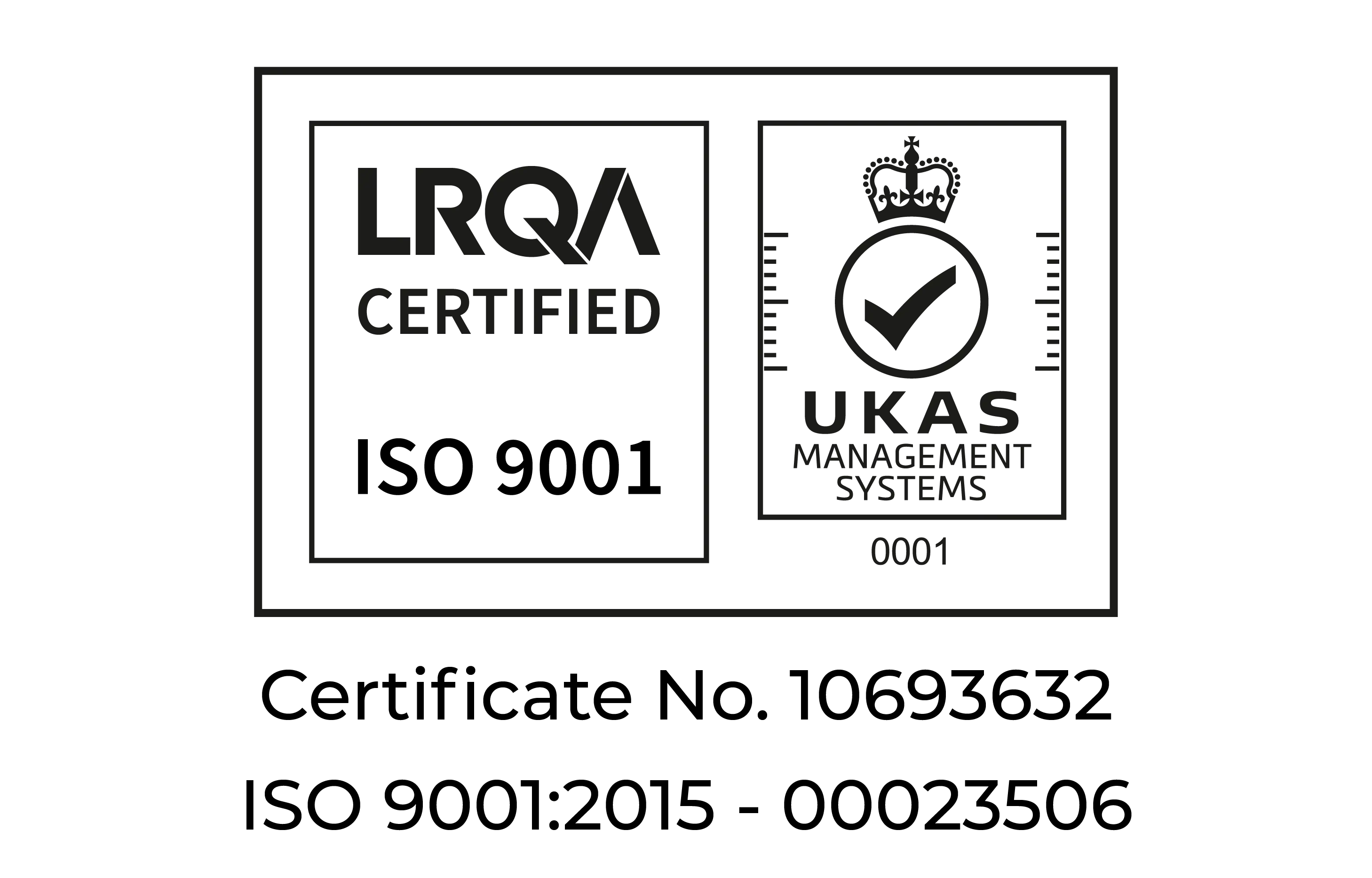Share this
The importance of automating CNC 5-axis machining processes
by Hannah Brown on Jun 5, 2025 11:21:58 AM

Automation benefits manufacturers in many ways, but it is those with 5-axis CNC machines for whom it is most important. In 5-axis machining, manufacturers tend to be working with tighter tolerances, meaning achieving micron-accuracy is paramount. But with parts often more complex in 5-axis processes, this can be a time-consuming and risky task to do manually.
In this article, we explore the benefits of automation for 5-axis CNC machining processes in more detail and showcase some of the automated manufacturing technologies delivering these benefits.
Improved quality / less scrap and waste
Manual processes can introduce human error into manufacturing processes and there is a risk these errors could affect the accuracy and quality of finished parts. If quality is compromised, parts could be scrapped and waste vital material or resources. This is especially prevalent in 5-axis machining where parts tend to be more complex and require multiple operations. Automating key processes such as probe setup and calibration, machining checking and part alignment can eliminate human errors and prevent these from filtering down throughout the production process and onto finished parts to ensure right-first-time parts will be produced every time.
Increased efficiency / sustainability
Achieving the required level of accuracy using manual setup processes is time-consuming and requires multiple complex steps. This can result in CNC machines being left idle for long periods and stagnant production schedules, especially considering 5-axis machining processes take longer due to the complexity of the setup needed. In comparison, automated setup procedures take significantly less time, increasing efficiency, spindle time and machine uptime, and saving the wasted energy of machines sitting idle being unproductive.
Increased productivity
With efficient setup processes in place, more time can be spent producing parts. For example, manufacturer SST increased their production capacity by 700% following the introduction of MSP’s PerfectPart suite of CNC automation products. Additionally, automation can also enable CNC machines to run 24/7 lights-out, making it possible for machining processes to run outside of scheduled operator shifts or during periods of operator absence, increasing output volume even further. For example, additive manufacturing company, 3T-am, automated their production line for 24/7 lights-out 5-axis machining and went from machining one part per day to machining a whole batch of parts in the same amount of time.
Skill shortages
The skills shortage is a widespread issue being felt across the manufacturing landscape. With the problem only set to get worse before it gets better, automation can help relieve the pressures. When using manual equipment, skilled operators are needed for certain setup procedures, such as probe setup and calibration, to achieve the level of accuracy required. In contrast, automated processes can often be operated at the press of a button, allowing anyone on the shopfloor to complete them. Furthermore, it can free up skilled operators to work on more strategic or business-critical tasks.
Improved safety
Manual processes can pose health and safety risks, especially if operators are required to enter the machine volume to use certain equipment. In contrast, automated manufacturing technology allows for completely closed-door 5-axis machining. All operators need to do is press a button on the controller and set processes to run with little to no risk to themselves.
Increased insights across the shopfloor for more confidence
Automation systems can provide useful real-time information about 5-axis machining processes and help to increase confidence across the shopfloor. For example, certain CNC metrology software can highlight if a CNC machine is underperforming, or if a part’s alignment is correct to successfully machine a part to tolerance. Not only do insights like this give the confidence accurate parts are being produced, they also equip users with the information to make important production decisions and improve overall productivity.

Automated processes can often be operated at the press of a button, allowing anyone on the shopfloor to complete them.
Summary
Automation is key for the complex parts and tight tolerances associated with 5-axis CNC machining. Automating manual setup tasks and routines can offer many benefits such as increased accuracy, productivity and part quality. This, coupled with the useful insights automation provides, means it cannot be ignored as an option for CNC manufacturers committed to smart, high-performing operations.
Share this
- December 2025 (1)
- August 2025 (1)
- June 2025 (2)
- April 2025 (1)
- March 2025 (2)
- January 2025 (1)
- November 2024 (1)
- April 2023 (2)
- December 2022 (2)
- July 2022 (1)
- May 2022 (4)
- November 2021 (1)
- October 2021 (1)
- September 2021 (2)
- January 2021 (1)
- December 2020 (1)
- December 2018 (1)
- August 2018 (1)
- August 2017 (1)





